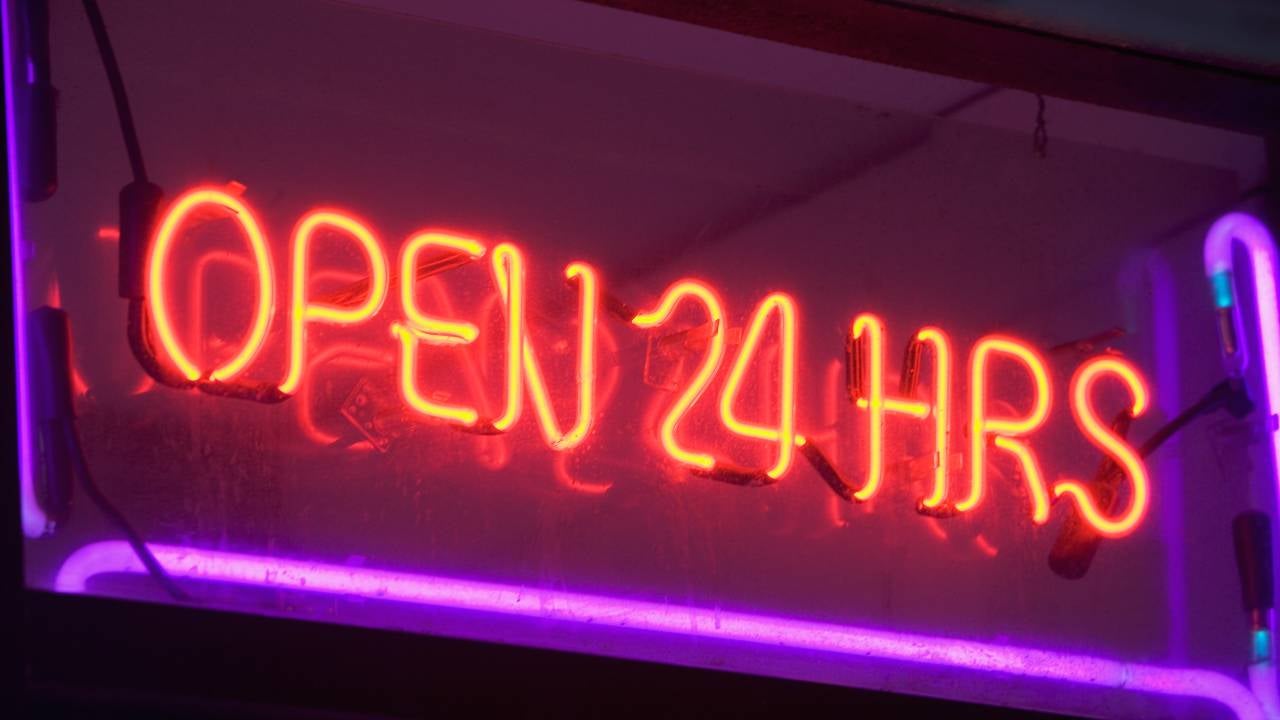If you’ve ever wanted to trade cryptocurrency, you might notice something different about the market hours: There aren’t any.
Cryptocurrencies don’t need to be traded on any type of central exchange because they operate on the blockchain, making them available for buying and selling 24/7, 365 days a year.
Here’s a look at how crypto market hours work and what you need to know before investing.
How do crypto market trading hours work?
Cryptocurrencies operate on the blockchain, which is a decentralized ledger of transactions — meaning an intermediary, like a bank or financial institution, isn’t needed. So, how exactly does this impact crypto market hours? Well, it means there’s no circumscribed period for when transactions can occur.
For example, instead of having a human broker or bank teller validating transactions, computers work to validate the movement of crypto from person to person over time, leaving a permanent record that can be accessed later. It’s kind of like a long receipt of every transaction ever made, without the need for people to manage the transactions.
People call the broader ecosystem of transactions decentralized finance (DeFi), which essentially allows investors “become the bank,” giving them the opportunity to send money quickly and efficiently anywhere in the world. Investors can also access funds via digital wallets without paying typical banking and brokerage fees.
Say you want to buy Dogecoin at 3 a.m. ET — well, you can, without having to wait for the market to open at 9:30 a.m. ET. This also means trades can happen across multiple time zones.
Almost all major exchanges operate around the clock, including Binance, Coinbase, Kraken and others.
The impact of a 24/7 market on crypto prices
For all of the pros of being able to trade crypto at any time of day, there are a few things to consider when it comes to crypto’s liquidity, volume and price. All of these factors are affected by one another:
Volume
Trading volume (the amount of crypto bought and sold in a given time period) tends to peak when major trading markets overlap. For example, if the U.S. market and European market are open at the same time, it’s likely trading volumes for crypto will be higher because that’s the time traders are most active throughout the day.
Higher volume typically provides more price stability. This is because there are more people trading, so individual buying and selling doesn’t move overall prices as much, while low volume can lead to bigger price swings.
Liquidity
The global crypto market operates around the clock and features varying levels of liquidity (how easy it is to buy or sell) depending on the time. During off-peak hours, reduced liquidity can result in substantial price changes, thus heightening volatility.
Prices
Because the market doesn’t close, price swings can also happen at any time, mostly influenced by nothing more than investor sentiment, the activity of other traders or what happens on social media.
During weekends and off-peak hours, trading volumes are lower and prices can fluctuate more dramatically because individual buying and selling have more of an impact on price.
Tools used for crypto market trading
Crypto traders use brokerage accounts and exchanges to help them monitor this type of data, along with other platform tools. Here are some of the ways investors keep an eye on crypto prices 24/7.
- Crypto exchanges, including platforms like Coinbase or Binance, allow investors to buy, sell and trade crypto. You can also use brokerages like Robinhood to do the same. Choosing a reliable and well-known exchange ensures good liquidity and a user-friendly interface for trading 24/7.
- Advanced traders use charting tools that show technical indicators, like moving averages and candlestick charts (though there are many more), to help them decide when exactly to buy or sell a cryptocurrency. Some traders also set up notifications for price movements.
Regulations of a 24/7 crypto market
The decentralized nature of crypto has made it notoriously difficult to regulate. Because of this, crypto regulations vary across the board. The Securities and Exchange Commission (SEC), Internal Revenue Service (IRS) and the Commodity Futures Trading Commission (CFTC) define crypto as securities, property and commodities, respectively. As a result, there are some tax implications associated with buying and selling crypto.
Regulations may also depend on which state you’re in. So, despite the fact you can — in theory — trade crypto 24/7, the platform on which you can actually trade depends on the state you live in. New York, for example, has tough rules for crypto businesses, requiring them to own what’s called a BitLicense. Because of this, some exchanges like Binance and Kraken don’t operate in New York, so if you live there, you can’t access these platforms.
But if you live in a state like California, it may be easier to access crypto exchanges. It just depends on what state you reside in, and what exchange you want to use.
Large exchanges based in the U.S. have to comply with regulatory rules, and some have had a hard time adhering to those rules in the past. Recently, the SEC has cracked down on crypto exchanges that allegedly haven’t followed these regulations, including filing lawsuits against Coinbase and Binance. Here’s a breakdown of the lawsuits.
Bottom line
The crypto market is open 24/7, meaning you can buy tokens any time of day. However, the crypto market does usually follow the general rhythm of other financial markets. This means when the U.S. or European markets are open, trading volumes for crypto tend to be higher. All in all, understanding how crypto market hours work can help you gain a better sense of what factors can influence crypto assets’ prices.
Read the full article here






